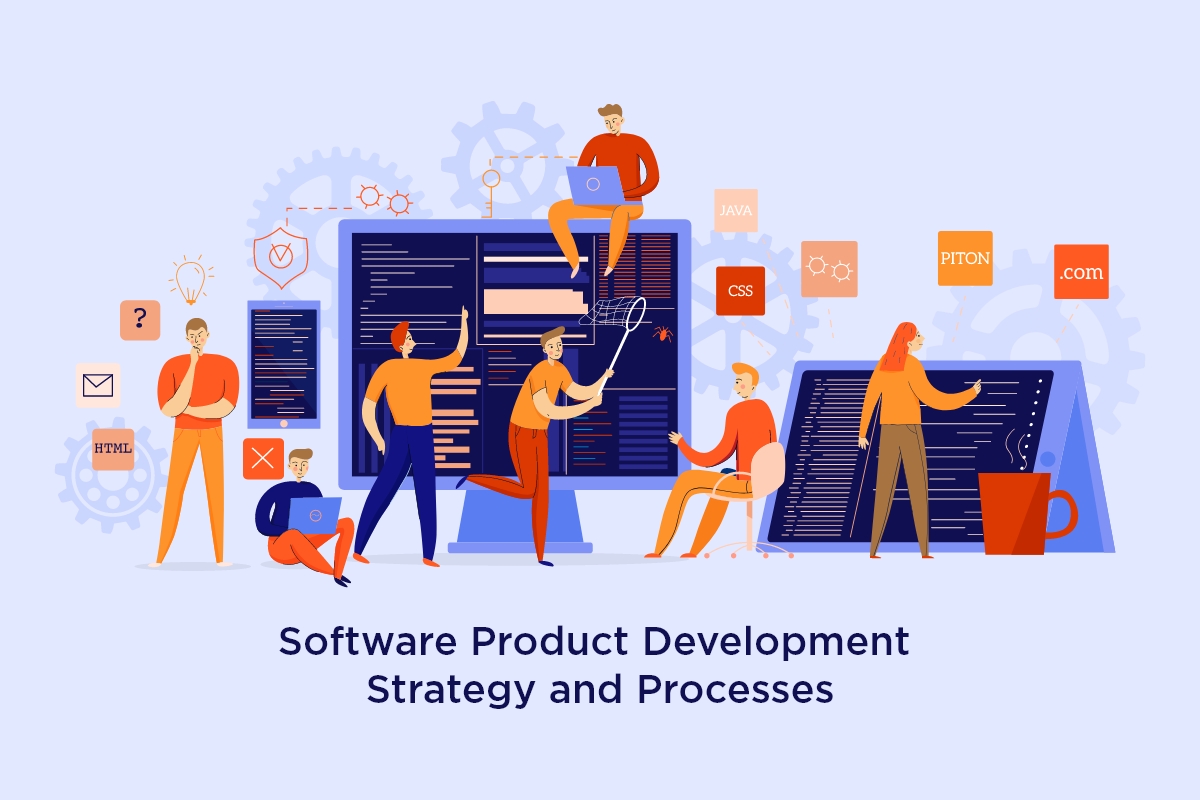What Exactly Is Product Development?
Product development is commonly used to refer to all stages of getting a product from concept or idea through market release and beyond. In other words, product development encompasses the complete life cycle of a product.
Product development plans are vital for providing value to your potential clients, as well as ensuring demand and that your final products are of the greatest possible quality before releasing them to the market. The best products also benefit society, whether through the product line itself or through the job and money generation that the new things provide.
On the business side, a new product can increase a company's market share and produce growth, ensuring economic sustainability through new revenue sources. Of course, it can take years for development teams to bring a product from the design phase to the point where it is ready for sale and distribution. As a result, in order for any new or existing items to be developed successfully, product development consulting is required to understand the entire product development process.
The Advantages of the Product Development Process
The process of developing new products can be quite advantageous for any innovative and forward-thinking organisation that wants to be effective rather than short-sighted. Using the product development services can assist a company in saving money, innovating, formalising processes, testing concepts and avoiding frequent mistakes.
The following are the advantages of product development progress:
It helps in saving money by determining the effectiveness of new goods in the NPD process before they are released to the market. This allows you to adapt your idea to market needs or withdraw it entirely, hence saving you time and money.
The new product development process promotes and drives the generation of new ideas for your company. Having a framework to test the viability of your new product will automatically lead to its execution. Creating and nurturing an innovative culture is critical to the commercial success of the company and its employees.
At the start of the new product development life cycle, just like a new business, you must adequately identify your product concept. It must be done with the anticipated consumer in mind and hence the product must be described in meaningful consumer terms.
The concept development approach works best when combined with the concept validating procedure. Once the concept has been finalised, it must be tested against market conditions and targeted. It is accomplished through market research procedures that test the target consumer. It would entail showing the consumer a tangible depiction of the product.
The new product development process, with the help of product development consulting, can assist you in developing marketing strategies for your product. It is a natural next step after your concept has been designed and tested. You may turn this into a marketing strategy using the information you gathered throughout the development phase.
Product Development Strategy: Stages
The following Are the Stages of a Successful Product Development Strategy:
1. Generating Ideas
Products provide solutions to challenges. So where should this adventure begin? By recognising a problem that needs to be solved (or a better way of solving it). This process can be informed by conversations with potential consumers, surveys and other user research efforts.
2. Screening of Ideas
Not every problem is severe enough to necessitate a product-based solution. The amount of pain it causes and the number of individuals or organisations it affects, on the other hand, can determine if it's a worthwhile problem to tackle and whether people are prepared to pay for a solution.
3. Development and testing of concepts
Some solutions may be clear, while others may be more difficult to grasp. This is when the team puts in the effort and applies their imagination to figure out how a product can best meet its needs. Also, before devoting too much time to prototyping and design, the viability of the suggested solution should be tested.
4. Market Strategy/Analysis of the Business
Marketing strategy is all about devising a strategy for reaching out to a specific audience. It is critical to strategize about the selling price in an informed manner by determining the product's base price.
5. Product Creation
With a valid product concept in hand, product management can lay out the product roadmap, determining which themes and goals are critical to creating first in order to alleviate the most significant pain points and stimulate adoption. Customers will just require enough functionality in this initial version of the product to use it.
6. Market Testing
Testings can evaluate interest, prioritise marketing channels and start experimenting with price sensitivity and packaging. It also initiates the feedback loop, which allows ideas, complaints and suggestions to be prioritised and added to the product backlog.
7. Market Entry/Commercialization
With a product on the market, user feedback via multiple channels will drive additions, expansions and adjustments. The product roadmap will evolve over time depending on this learning and the company's objectives for this product. This job never stops until it is time to retire a product at the end of its lifecycle.
Conclusion
The process of transforming new and untested ideas into usable goods is known as new product development. This product will be the brainchild of a company, giving them a competitive advantage and allowing them to monopolise the market. The general approach for New Product Development is to concentrate on innovating while providing value.
Maintaining a successful development process necessitates ongoing effort; it will not be built overnight after a single decision is taken. Members of your organisation must share their vision and recognise the importance of the process to the company. Only with the help of others in your organisation and by availing of software product development services, will the concept of a fine-tuned development process become a reality and deliver tangible benefits.


 Table of Content
Table of Content










